The Volkswagen ID.7 Is The Electric Passat VW Needs
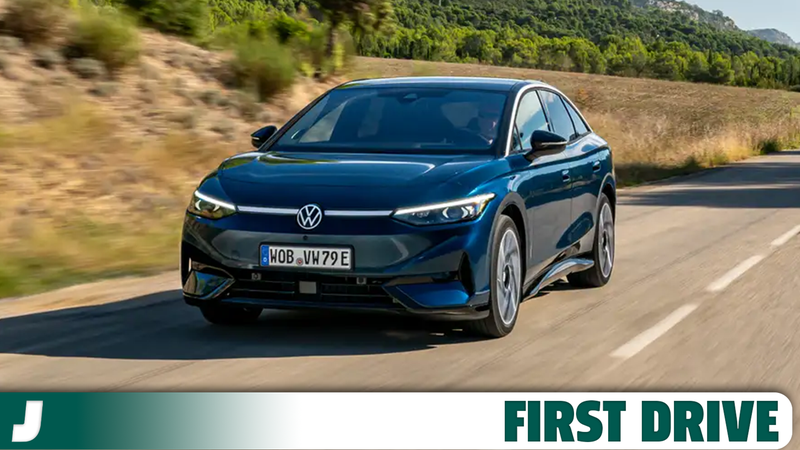
The world’s largest automaker was built on the back of mid-sized sedans. Volkswagen has always been great at building Passats, and the Passat has always been a pretty middle-of-the-road quasi-luxury German sedan with at least a veneer of quality. For the 2024 model year, VW’s new sedan for the everyday driver is going electric, and the ID.7 is taking that space. The ID.7 is a perfectly acceptable Passat replacement. The Passat is dead, long live the Passat.
This segment is shrinking in the U.S. market, and indeed shrinking globally, as trucks and SUVs continue their march toward total domination. The major competition for Volkswagen used to be the big selling Honda Accord and Toyota Camry, or upmarket competition from the BMW 3-Series, Mercedes C-Class, or Audi A4.Somewhat ironically, it has taken Tesla moving in to this neighborhood with the Model 3 to prove the global market for sedans isn’t exactly on life support.
Read more
Billie Eilish addresses and clears up speculation about her sexuality
Android's Dream of Satellite Connectivity Done Before It Even Began
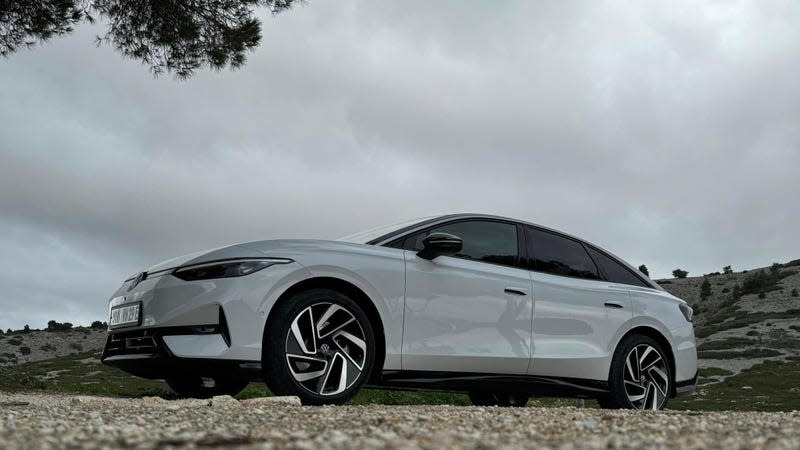
What Is The Volkswagen ID.7?
As the sixth member of Volkswagen’s ID electric family (though only the third headed to the U.S. following the ID.4 and ID.Buzz), Volkswagen is throwing their bread and butter sedan into the deep end of the electric car pool. The ID.7 is based on 2022's ID.Aero concept, and it looks surprisingly like the preview. If you’re not looking for a compact crossover or a minivan with extrovert styling, but if you have to have a Volkswagen EV, this is the one for you.
ID.7 is slightly larger in every dimension than the Passat (and Arteon) it replaces. With a flat floor and somewhat tall roof, the rear seat passengers get a lot of that added space. This is a large, airy, and roomy commuter machine. You can really stretch out in this thing.
Based on Volkswagen’s Modular Electric-Drive Toolkit (MEB) platform, this is more or less a long-wheelbase ID.4 that sits lower to the ground and has a more fastback-style hatch. Visually, it’s a bit simpler than its MEB counterparts, a sedan design with some weight to it and an of-a-piece cohesiveness. It’s a far cry to call it sexy, but it’s perfectly inoffensive, as any middle-of-the-road sedan should be.
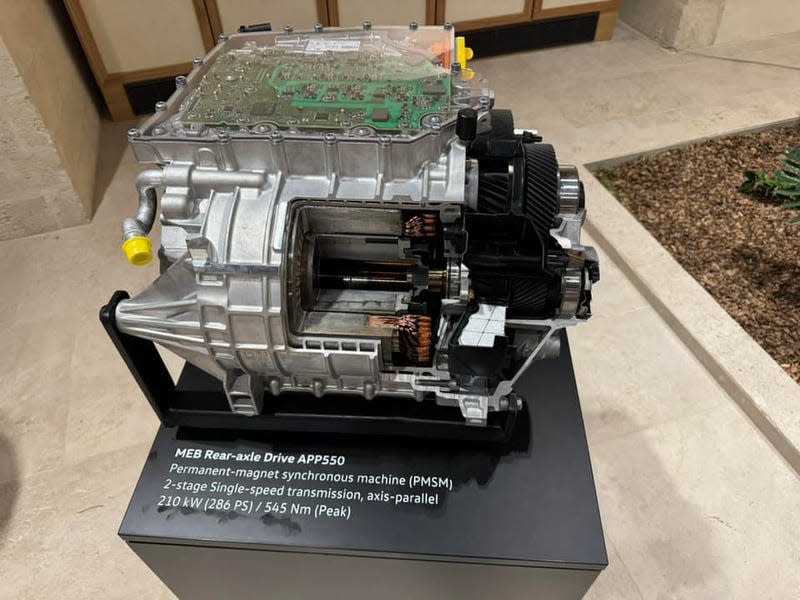
At launch the ID.7 will be available with a 282 horsepower electric motor mounted on the rear axle, and an 82 kWh battery. There aren’t any EPA range numbers for the ID.7 yet, but it achieved 386 miles of range on the WLTP test. The less-aerodynamic ID.4 crossover was capable of around 275 miles of range, but Volkswagen says it has worked to increase efficiency in its new drive unit (which the ID.4 will also get for the 2024 model year).
Larger battery models will follow soon, and an all-wheel drive ID.7 GTX model will eventually be available as well. A wagon is already being prepped for Europe, but likely won’t make its way to the U.S.
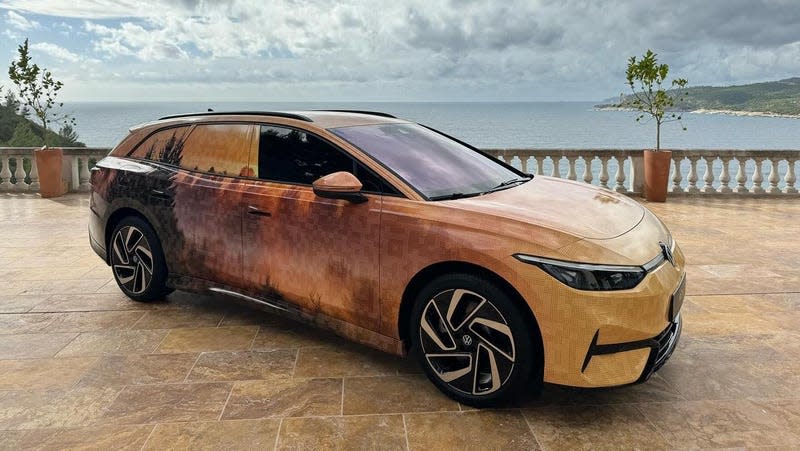
How Does The Volkswagen ID.7 Drive?
Without meaning to diminish the engineering that went into this car, it drives pretty much exactly like you’d think it would. It’s a large electric rear-wheel drive German sedan with just under 300 horsepower, so it’s quiet, comfortable, reasonably quick, and relaxing. Most electric vehicles kind of drive the same, and there isn’t a truly bad car on the market today, so you can expect it to at least clear some basic hurdles.
In the few hours I had to experience driving this car, I was afforded many different on-road scenarios. My journey in the ID.7 started at the Marseille airport, and navigated the French autoroute system southeast to get some bumper-to-bumper traffic action in Marsaille proper before hopping on the Col de la Gineste up and over a small mountain range to the gorgeous coastal paradise of Cassis for lunch. After lunch we wound our way north on some gorgeous mountain roads to catch the A51 north to Mane. The following morning I had another couple of hours of highway driving to get back to the Marsaille airport for my 6 a.m. flight home.
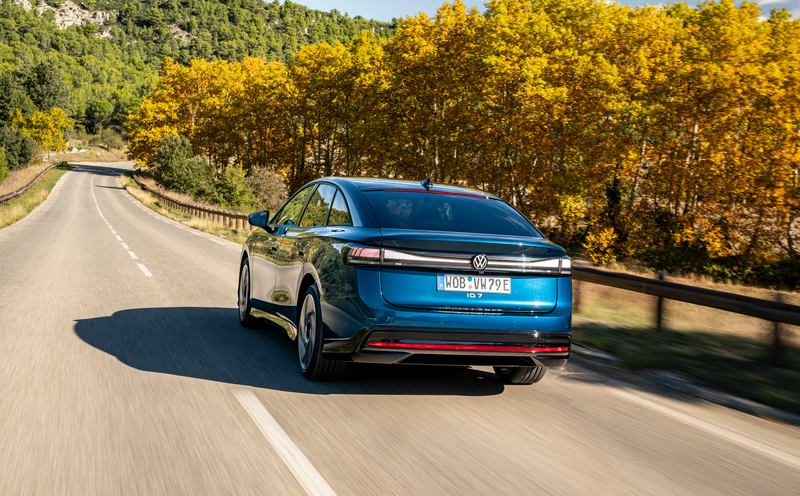
No moment of my time with the ID.7 could be called unpleasant. Even dropped into the midst of borderline violently aggro French traffic, I felt more relaxed and cognizant than I imagined I might. Visibility is good with a large windshield and reasonable-though-not-small a-pillars. The car’s driver assists helped me maintain awareness of the erratic cars around me, and kept me centered in my lane (and centered mentally).
I think I would have preferred the ability to switch to a one-pedal driving arrangement, but Volkswagen believes traditional coasting is more efficient than aggressive regenerative braking. If this is your first electric car experience, it’s certainly easier to become acquainted with, but particularly in a harsh traffic environment, I prefer a one pedal experience.
When pushed, the ID.7 doesn’t fall on its face. As with pretty much every electric car, it’s a hefty machine at 4788 pounds, but the weight is mounted down low and between the axles. It isn’t going to win any skidpad lateral roadholding competitions, but it’s certainly enough grip and sure-footedness for the average driver. For someone who drives like my mother, this might as well be a hypercar.
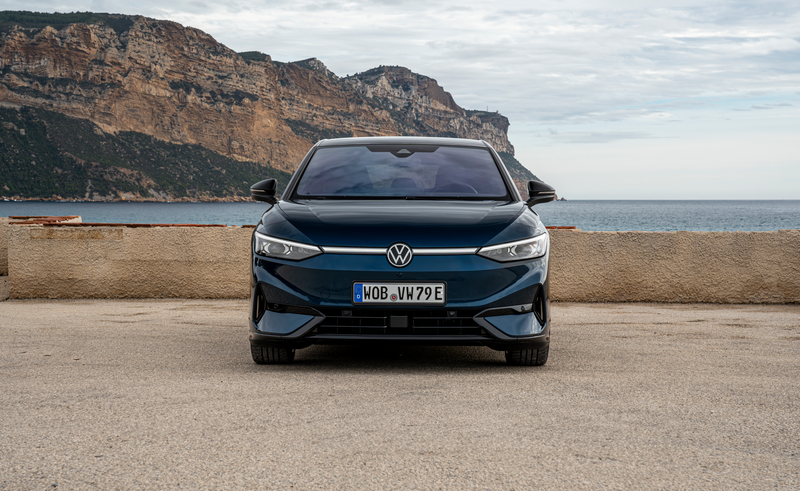
There are drive modes for Sport, Comfort, and Individual, as you’d expect. Sport mode has more aggressive regenerative braking, a stiffer ride, and slightly sharper steering turn-in.

 Yahoo Autos
Yahoo Autos 